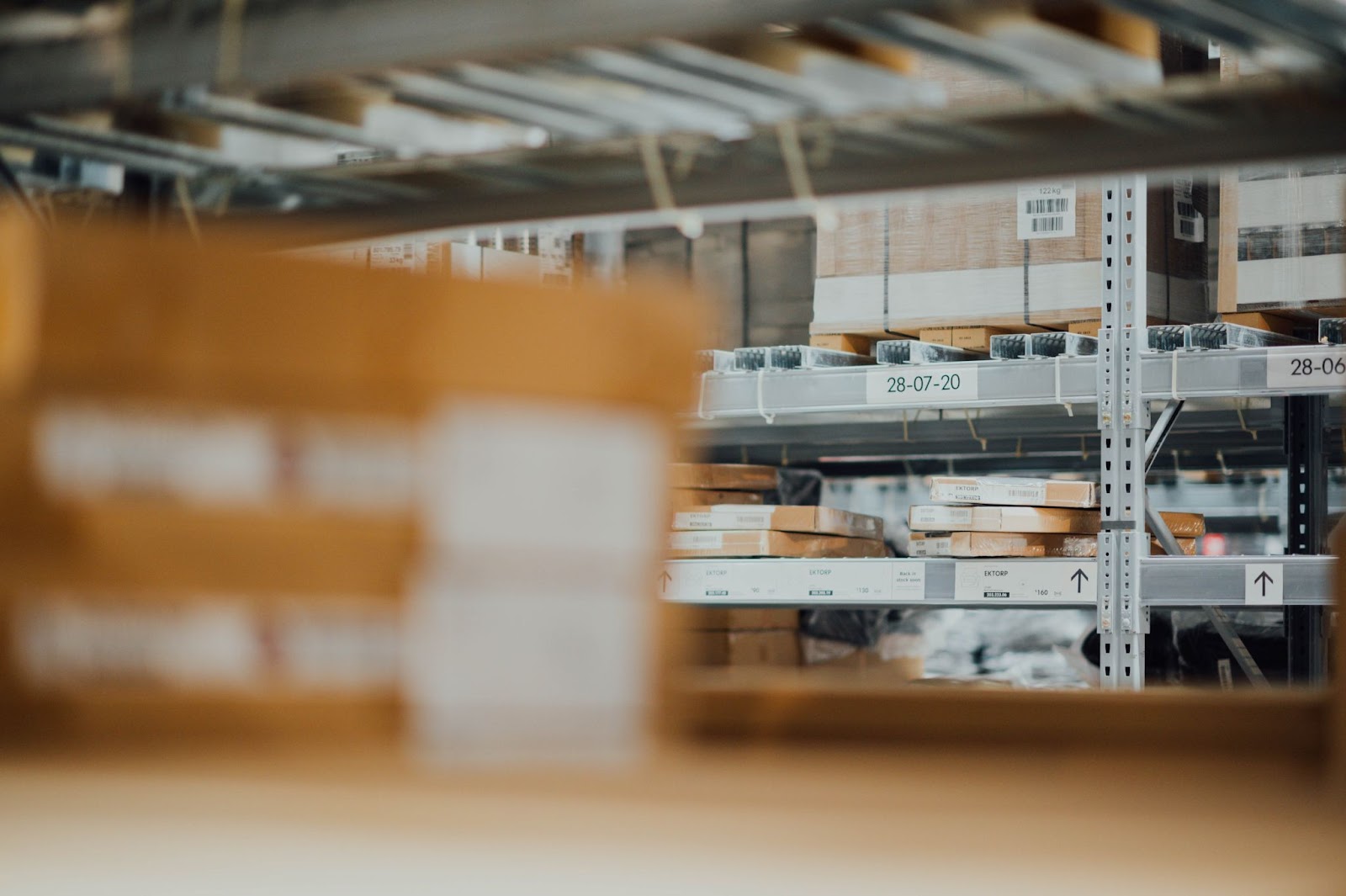You must perfect your e-commerce business with strategic logistics. Doing so can make your brand much more successful. There are plenty of efficient strategies to include in your operations to help improve customer satisfaction and more.
Below, you’ll find the best strategies for optimizing your e-commerce logistics. Let’s get started!
Contents
1. Improve Your Inventory Management
First, you’ll want to start working on your inventory management. If you don’t have inventory management systems in place yet, make sure to install them. These systems let you track your stock in real time.
Good inventory management lets you track products with better accuracy. That way, your customers won’t become frustrated with stock-outs, and you won’t have to deal with overstocking something.
Your inventory also costs you money until you sell it. Tracking inventory like this can help you determine where to reduce costs. Plus, stock is at risk of theft if you don’t track it well enough, which can cause severe losses.
Inventory management systems also save time, leading to more productivity. Your warehouses will be organized more efficiently, allowing faster picking and packing to take place.
When you improve your inventory management, you can offer your customers an enhanced experience, making it worth it.
2. Focus on fulfillment
Next, you’ll want to focus more on your e-commerce brand’s fulfillment. This process includes receiving, storing, picking, packing, and shipping the inventory. It starts when a customer places an order and goes until they receive it.
Most customer satisfaction will come from how soon they receive their order and its accuracy. You’ll want to work on your fulfillment to meet their expectations.
Start by inspecting your warehouses. Are they placed strategically to reduce delivery times and shipping costs? They must be close to the main highways so deliveries can get out as soon as possible. You also want it close to where you receive most of your orders.
You may consider using a third-party fulfillment service to help further streamline your order processing. Doing so can reduce overhead costs as well.
3. Organize Your Warehouses
Your warehouse’s layout can drastically impact how long it takes to pick and pack an order. You need to make sure that the layout makes sense. So, consider moving items that are frequently ordered together closer to one another in the warehouse.
You can consult with the warehouse workers who have first-hand experience on how picking and packing processes usually go to see what they recommend. They often have good insight into what would help them work more efficiently.
Keeping the warehouses organized will minimize your e-commerce brand’s fulfillment time. Most customers expect to receive their orders within three to five business days. Staying within that range consistently will help to keep your customers happy.
4. Automate Order Processing
Next, automating as much of your order processing as possible is an excellent strategic choice. There will be less room for human error, and you’ll receive much faster fulfillment. There are a few ways that you can do this.
First, you can sync customers between your CRM and ERP systems. Doing so makes it much easier to process orders. You also want to update the inventory counts in real-time so you always know how much you have of your items.
Automating order processing also can make picking and packing faster. The system will let your teams know what items to pull together and how to reduce shipping costs. The system can even determine the shipping options for each order, allowing your e-commerce brand to better cater to customers.
Overall, you’ll need to automate order processing to remain competitive. Most other e-commerce brands already use this strategy, so you must do it too, or your brand will quickly fall behind.
5. Choose Shipping Carriers Carefully
It’s also essential that you choose the shipping carriers you work with carefully. You want to only partner with reliable carriers so your customer’s packages always arrive on time and in good condition.
If you choose the first available carrier without researching them, you might not get a good deal. Or, you could have issues with packages not being delivered properly. The best shipping carriers for small businesses include the United States Postal Service, UPS, FedEx, DHL Express, and ShipBob.
Make sure that you research the carrier before you commit to partnering with them. You should view the shipping carrier as an extension of your brand since your customer’s experience is impacted by them.
The shipping carrier must work with you on returns as well. How you manage returns will profoundly impact a customer’s view of your brand. Check that the shipping carrier can help you by picking up returns and what related services they offer.
You should also offer your customers quality order tracking so they always know the status of their shipments.
6. Offer Explementary Customer Communication
It’s easy to forget that customer communication is crucial to e-commerce logistics. It can help you meet a customer’s expectations and build trust with them. Customers should be able to easily reach your teams whenever they need to.
You also want to communicate with the customer throughout every step of their order. Here’s a quick guide to do that:
- Provide an immediate order confirmation email or text once the customer makes a purchase.
- Send the customers a shipping confirmation with tracking once the order goes out.
- Provide regular delivery updates with real-time tracking. Automated notifications can be handy.
- Send delivery notifications.
- Offer a platform for your team to answer customer questions and quickly address problems.
- Personalize all communication by using customer names.
- Offer multiple communication channels for your customers to use to reach you.
Improve Your Logistics From Warehouse to Doorstep
If you constantly focus on improving your logistics, you can perfect it. Your customers will come to recognize your e-commerce brand for the quality it is. You can improve customer satisfaction and reduce costs by improving your logistics strategies.
So, consider each fulfillment step, from the warehouse to the customer’s doorstep, and you will surely see some improvements.



